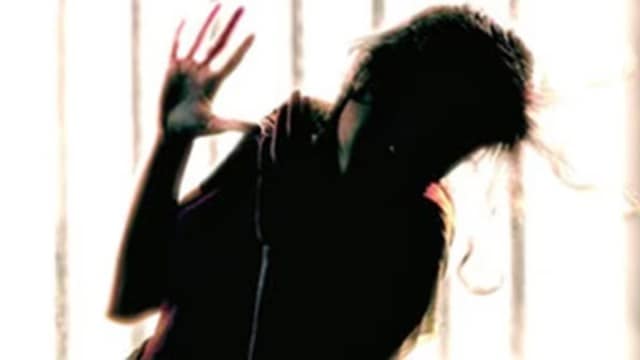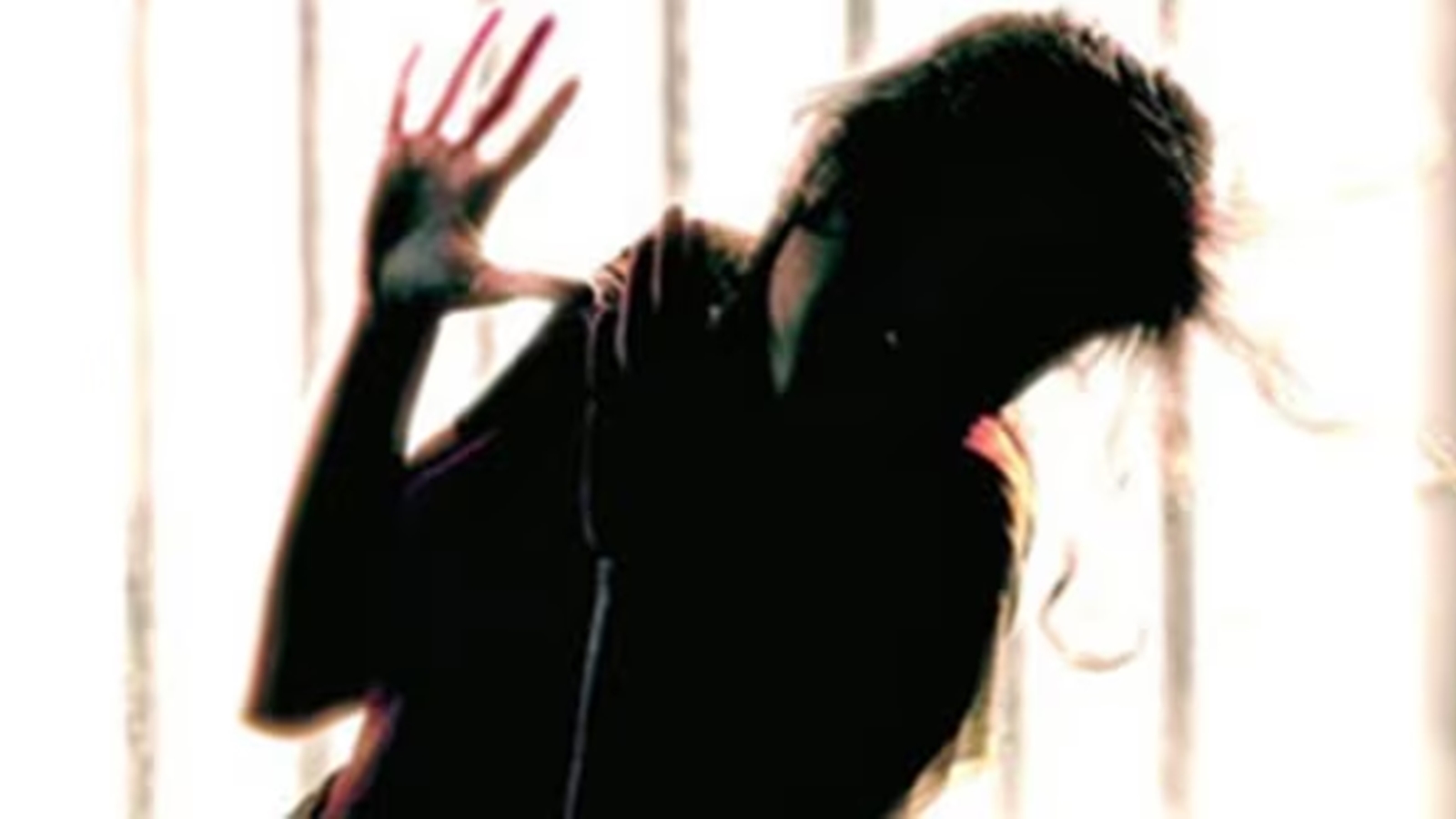
I asked a young man if he had heard of witches. Thanks to Harry Potter, he had. There were the Salem witch trials in 1692 and 1693 and witches routinely feature in films and fiction. There are the good and wicked witches of Wizard of Oz and we read about witches on broomsticks and their covens. Our films and fiction often feature daains. I asked our young man if he had heard of Birubala Rabha. (She died in 2024 and was conferred a Padma Shri in 2021. She spent all her life fighting against witch-hunting.) He hadn’t. That’s understandable. Indian society has many slices.
In July 2021, the UN Human Rights Council adopted a resolution on the elimination of harmful practices related to accusations of witchcraft and ritual attacks (HPAWR). Through the UN, we have data on documented HPAWR (between 2009 and 2019) in 60 countries. Understandably, many cases go unreported and undocumented. Nevertheless, the total figure is 20,000. We might think this is an African problem. As the UN compilation shows, that perception isn’t true. The intensity might be higher in Africa. But HPAWR exists in the USA and Europe, and even in India. Since 1953, NCRB (National Crime Records Bureau) has been a standard source of data on crime in India. That has a category on “motives for murder” and mentions witchcraft. In 2022, there were 85 such murders, concentrated in Chhattisgarh, Madhya Pradesh, Jharkhand and Odisha. In addition, there are instances from Assam, Bihar and Telangana. The numbers may have declined a bit. But we are still at about 100 a year and these are just murders with witchcraft as a motive.
The word “witch” is gender-neutral, etymologically, although there is a popular perception that the male of the species is wizard (wicca), while the female is a witch. Ipsita Roy Chakraverti is a familiar name in some Kolkata circles. She declared herself a good witch (she is also an author). In principle, witchcraft can be benevolent. But in perception and practice, it is dubbed malevolent. The roots are old. However, that dubbing as malevolent is used for crimes against women, not always leading to murder. As a less diabolical motive, there is a lack of education and ignorance, with mental health patients dubbed as witches, especially when there is disease in the neighbourhood. As a more diabolical motive, there are widowed and single women, with their property being a target. (There are also examples of childless women and young and educated women who become a threat to vested local interests.)
Do you remember the film Kala Sach, based on a true story? What do we do about witch-hunting practices? Depend on the spread of education and awareness? Depend on NGOs and panchayats? Jharkhand has “Project Garima”, to restore the dignity of women branded as witches. Assam has “Project Prahari”, a community-policing initiative. Should a country aspiring to be a developed country do more, or should one hope that the problem will simply wither away with time?
One can invoke parts of the Constitution, IPC (Indian Penal Code) and Protection of Human Rights legislation. But some states have specific legislation – Prevention of Witch (Daain) Practices Act (1993) in Bihar; Prevention of Witch (Daain) Practices Act (2001) in Jharkhand; Tonahi Pratadna Nivaran Act (2005) in Chhattisgarh; Prevention of Witch Hunting Act (2013) in Odisha; Prevention and Eradication of Human Sacrifice and other Inhuman, Evil and Aghori Practices and Black Magic Act (2013) in Maharashtra; Prevention and Eradication of Inhuman Evil Practices and Black Magic Act (2017) in Karnataka; Prevention of Witch Hunting Act (2015) in Rajasthan; and Witch Hunting (Prohibition, Prevention and Protection) Act (2015) in Assam. Notice the vintage of legislation. These are all relatively recent, reflecting the belief that a modern country should have specific legislation to address the issue (There is no Union legislation, though a private bill was introduced in 2016). There are the usual problems with criminal laws — low rates of prosecution, low rates of conviction when prosecuted, hardly punitive penalties (Jharkhand is an instance of the last point on low penalties).
Perhaps more importantly, the intent of the legislation is not always clear. Take Odisha’s law for example. It penalises witch-hunting, but penalises the practice of witch-craft too. Assam and Rajasthan also punish alleged witches. Rajasthan also penalises communities/groups. Maharashtra’s focus is on practice of black magic. A column is not the place to compare and contrast the state-specific laws, except to point out that they are often like holdalls, with everything dumped in. As a start, should one carefully distinguish practice of witchcraft from witch-hunting? And certainly as a start, NCRB reporting should be refined, with a separate category for both crimes, not simply murders with witchcraft as a motive? Should IPC (and now its replacement) have specific sections on both crimes? More generally, legislation doesn’t work if it gets stuck in lack of police reform and tardiness of the criminal justice system. Our young man, with dreams of a developed India and hailing from metro India, may not be aware of a problem that has plagued parts of Indian rural society for ages.
However, it isn’t quite a matter of pride that in the UN documentation, India should alone figure in the South Asian list, along with Nepal. And, to repeat a point made earlier, this is incomplete compilation and reporting. The numbers are probably higher.
The writer is chairman, Economic Advisory Council to the PM. Views are personal



